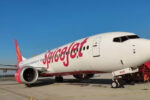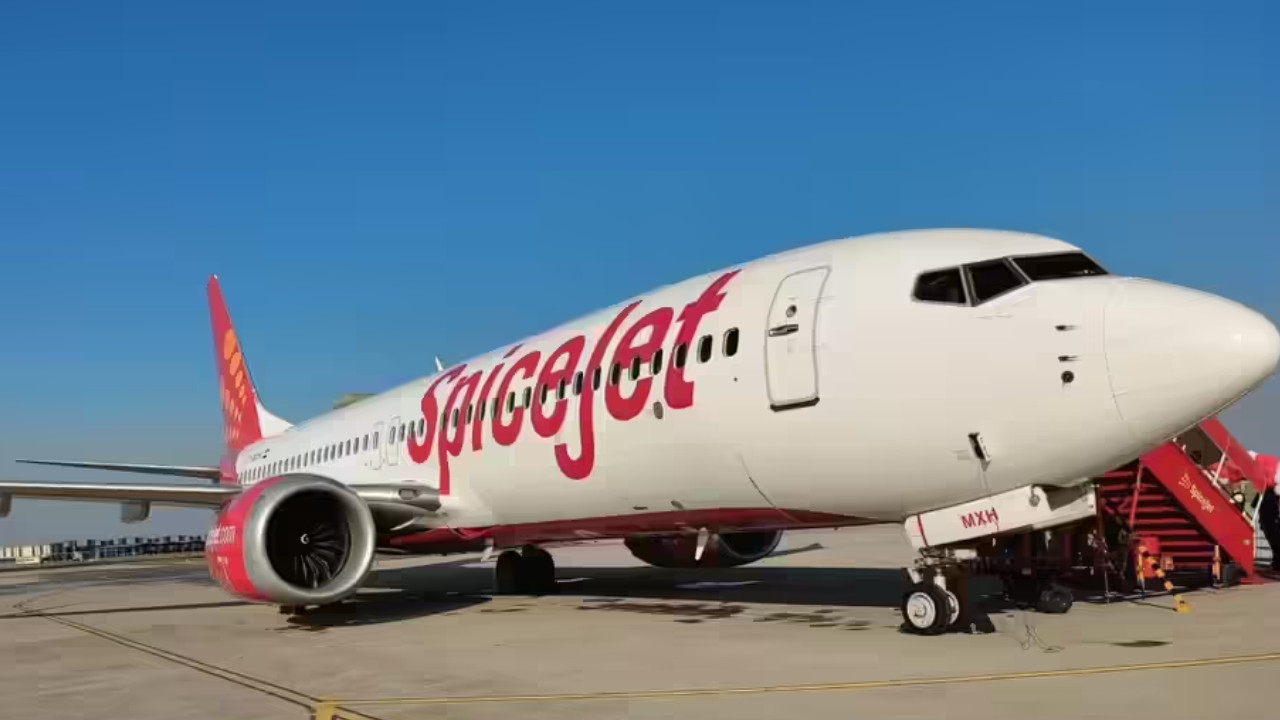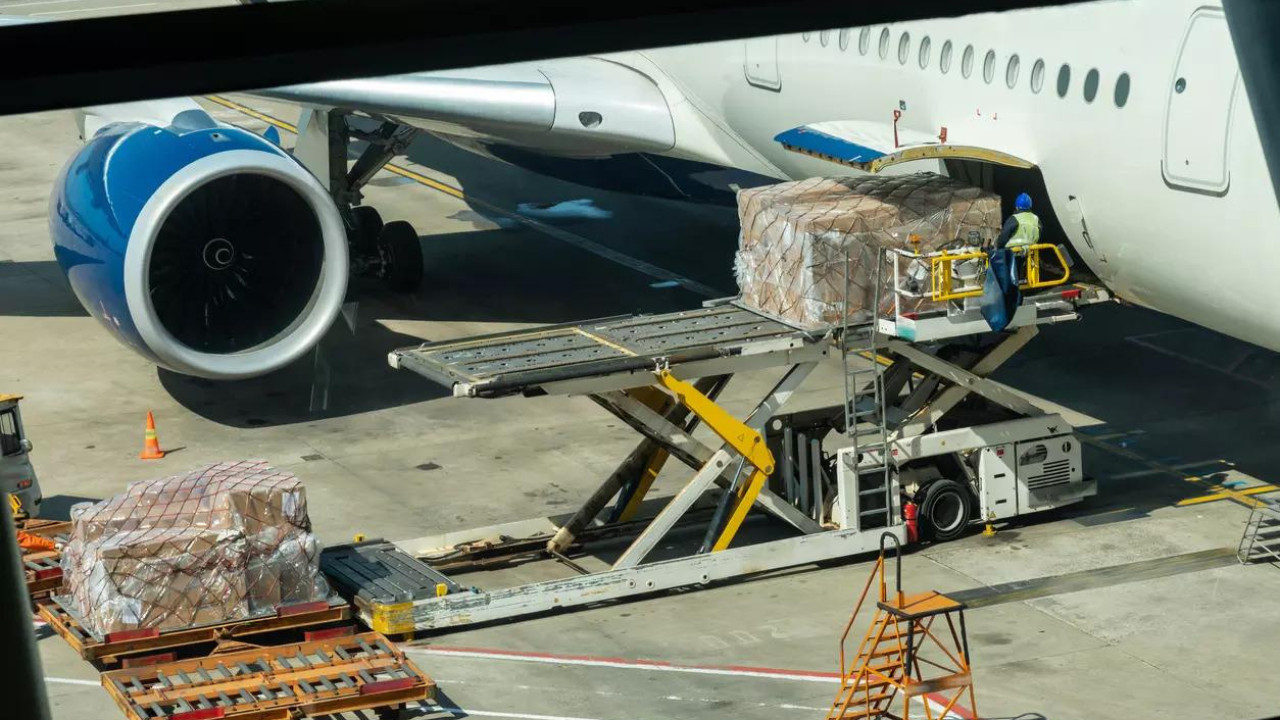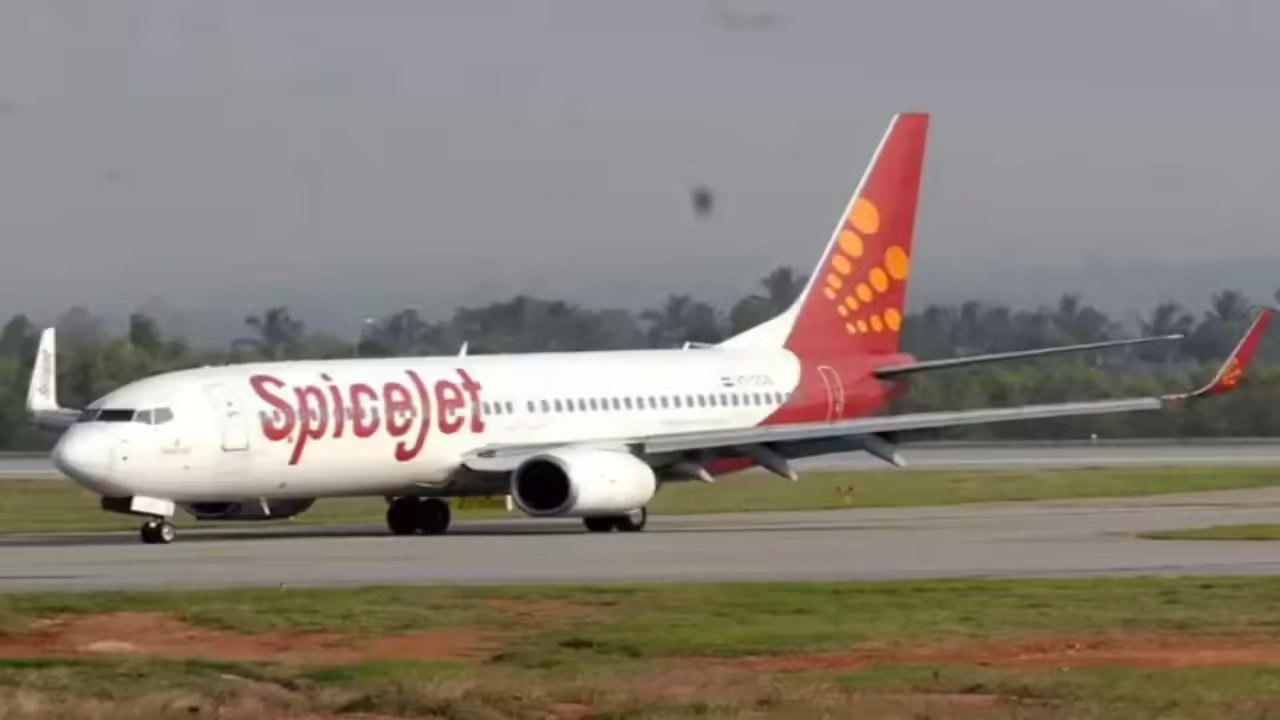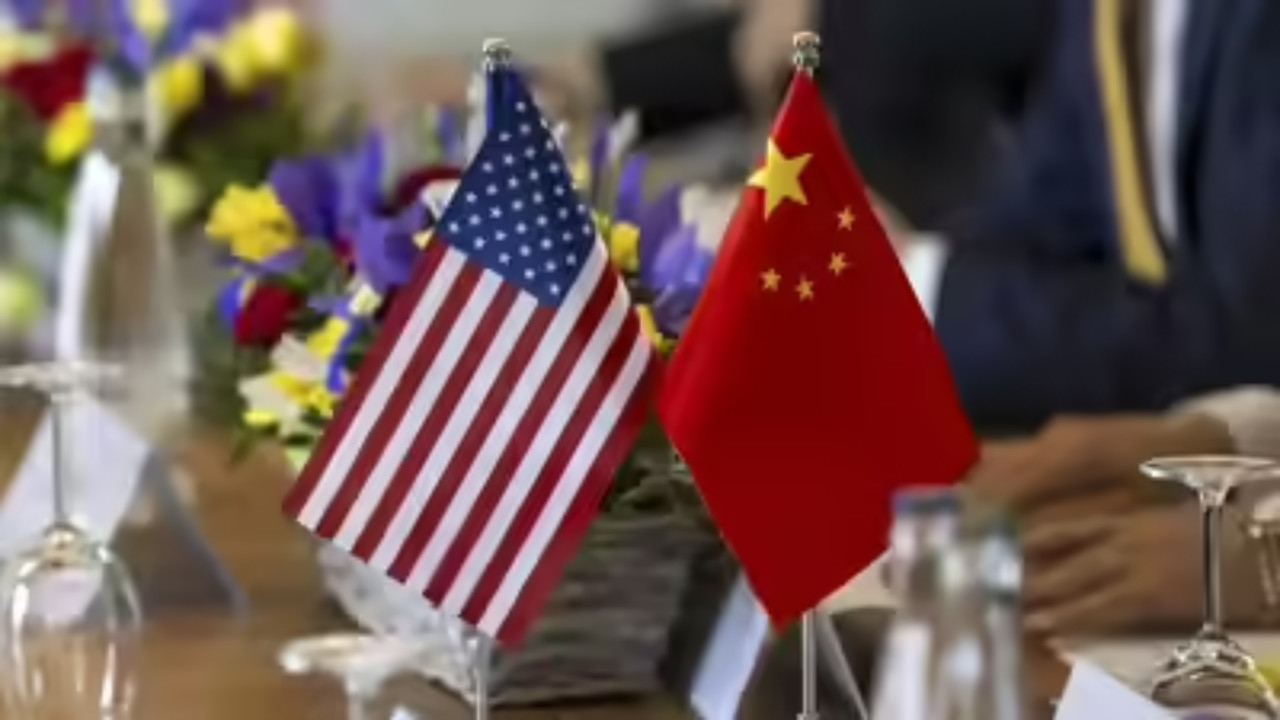IndiGo has solidified its commitment to expanding its long-haul operations by confirming an order for 30 additional Airbus A350 wide-body aircraft. This doubles their initial order, bringing the total to 60 A350s with an option for 40 more.
Indigo’s Big Bet on the Future: Double Down on Wide-Body Dreams
Okay, let’s talk Indigo. You know, that airline that’s practically synonymous with flying around India? Well, they just dropped a bombshell that has the aviation world buzzing: they’ve doubled their order for Airbus A350-900 wide-body aircraft. We’re talking a leap from 30 to a whopping 70 planes! This isn’t just another Tuesday for the airline; it’s a major statement about their ambitions and a fascinating peek into the future of Indian air travel.
For years, Indigo has been a master of the short-haul, point-to-point domestic market. They’ve built their empire on efficiency, affordability, and filling up those smaller Airbus A320s like clockwork. But this? This is a different ballgame entirely. Wide-body aircraft, those behemoths of the sky, are built for long-haul international routes, connecting continents and carrying far more passengers and cargo.
So, what’s the deal? Why this sudden, massive pivot?
Well, the obvious answer is opportunity. India’s aviation market is exploding. More people are flying, more frequently, and they’re not just hopping between Delhi and Mumbai anymore. They’re dreaming of London, New York, and beyond. Indigo, with its already established brand recognition and loyal customer base, is perfectly positioned to capitalize on this growing demand for international travel.
Think about it: you’ve grown accustomed to Indigo’s punctuality and relatively hassle-free booking process for your domestic trips. Wouldn’t you be more likely to choose them for your next transatlantic adventure if they offered a competitive price and a similar level of service? That’s the allure Indigo is banking on, and it’s a smart one.
But it’s more than just filling a market gap. This move signals a real shift in Indigo’s strategy. They’re not content to just be the king of the domestic skies anymore. They want a seat at the global aviation table. And the A350-900, a technologically advanced and fuel-efficient aircraft, is their ticket.
The choice of the A350-900 is also telling. It’s a versatile plane, capable of flying ultra-long-haul routes while remaining relatively economical compared to larger wide-bodies. This flexibility will allow Indigo to experiment with different destinations, optimize routes, and potentially even offer non-stop flights to cities that were previously only accessible with layovers.
Now, operating wide-body aircraft is a completely different beast than managing a fleet of A320s. It requires significant investment in crew training, maintenance infrastructure, and ground handling at international airports. It also necessitates a different approach to pricing and service, as passengers on long-haul flights have different expectations than those on shorter domestic routes.
This is where the real challenge lies for Indigo. They’ve built their reputation on a no-frills, budget-friendly model. Can they successfully translate that model to the long-haul market without sacrificing the quality and comfort that international travelers demand? That’s the million-dollar question.
They’ll need to compete with established international carriers who have decades of experience in catering to discerning passengers. Think Emirates, Qatar Airways, British Airways – these are companies with highly refined service offerings and extensive networks.
Indigo will likely have to offer a tiered service model, with different classes of seating and varying levels of amenities, something they haven’t traditionally done. They’ll also need to invest heavily in in-flight entertainment, Wi-Fi, and other passenger comforts to remain competitive.
Beyond the operational challenges, there’s also the financial risk. Doubling the order for A350-900s is a huge financial commitment. It represents a massive investment in the future, and there’s always the risk that the demand for international travel won’t materialize as expected, or that fuel prices will spike, making the operation less profitable.
However, the potential rewards are enormous. If Indigo can successfully navigate these challenges, they could become a major player in the global aviation market, connecting India to the world and bringing affordable long-haul travel to millions of new passengers.
Ultimately, Indigo’s gamble is a bold one, a testament to the airline’s ambition and confidence in the future of Indian aviation. It’s a high-stakes play, but one that could potentially redefine the landscape of air travel in India and beyond. We’ll be watching closely to see how this exciting new chapter unfolds. The skies, quite literally, are the limit.
📬 Stay informed — follow us for more insightful updates!

